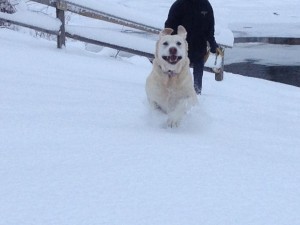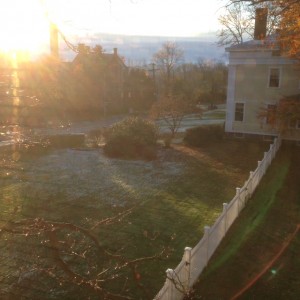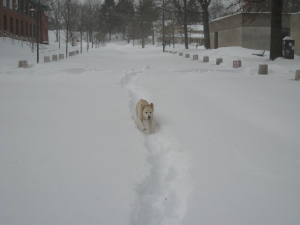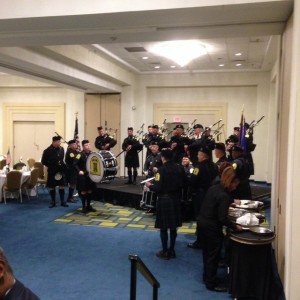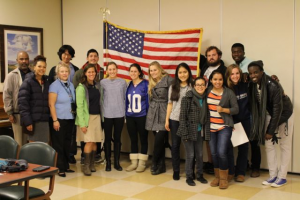As we approach the Thanksgiving break, students are busy choosing their classes for the spring semester. Wesleyan offers almost 1,000 classes and dozens of programs, and so this can be a daunting process. I always have many first-year students in my classes (in the spring I’ll be teaching The Modern and the Postmodern again), and I know many of them are exploring a variety of fields even as they get closer to a field of concentration.
In recent years, we have tried to provide students with even more paths towards their degree. Some students choose to take classes during the Winter Break or in the Summer Session. Registration for the winter courses closes just after Thanksgiving, and so now’s the time to lock in those decisions:
Students considering a lighter course load in future term, or who are thinking of graduating in three years — or who simply wish to put their winter break to good use — may want to make a Winter Session course part of their academic plan. Housing and meal plans are available.
Students complete reading and writing assignments before arriving on campus. Classes meet 5 hours per day for 8 days in January.
A quieter campus, and a singular focus on just one course, allows students to connect more closely with faculty and classmates. These intensive courses provide opportunities for new insights as students engage with topics in a truly different format.
To review past courses, click here. For information about other Winter at Wesleyan programs, please visit wesleyan.edu/winter.
There is still plenty of time to think about summer, but that’s what I start to do when the weather gets nippy. Here’s the info on the summer session:
Wesleyan University offers an intensive Summer Session in which students can complete semester-long courses in only five weeks; courses are offered in June. Wesleyan Summer Session is open to students who feel they have the academic qualifications and stamina to complete an intellectually challenging course in a compressed schedule. Residential options are available for both Wesleyan and non-Wesleyan undergraduates. Local precollege (high school juniors, seniors, and PG students) are invited to attend courses as commuting students.
You can find more information on recent summer classes here.
Students take classes outside the semester framework for a variety of reasons, and some find that it allows them to graduate in three years (saving a considerable amount of money).
Students who graduate in six semesters (three years of normal course loads plus summer courses) may expect to save about 20 percent of the total cost of a Wesleyan education. The three-year option is not for everyone, but for those students who are able to declare their majors early, earn credit during Wesleyan summer sessions, and take advantage of the wealth of opportunities on campus, this more economical path to graduation can be of genuine interest. A maximum of two pre-matriculant credits (such as Advanced Placement, International Baccalaureate, or college credits earned during high school) may be applied toward an accelerated program. Students pursuing the three-year option will be held to all the graduation requirements for the Wesleyan bachelor of arts degree. Students considering this option should consult during their first year with Dean David Phillips to review policies and procedures.
More on the three year program here.
Good luck planning the best pathway for YOU for YOUR diploma!




